News
Feb 12, 2025
Mid-Week Roundup (Jan 10th – Jan 12th)
Trump Family’s World Liberty Financial Plans Crypto Reserve Amid $361M Outflow

Background
World Liberty Financial (WLF), the crypto venture led by Donald Trump and his sons, announced plans to establish a strategic digital asset reserve after a sudden $361 million outflow. The reserve, called Macro Strategy, aims to support major cryptocurrencies and emerging DeFi projects.
Key Points
WLF denies liquidation rumors, stating that the $361 million outflow was a routine reallocation of assets.
The company's publicly known wallet now holds only $39 million, down from over $400 million on February 2.
Macro Strategy will focus on Bitcoin, Ethereum, and tokenized assets to mitigate market volatility.
Despite accumulating a large crypto portfolio since September, WLF hasn’t demonstrated long-term holding strategies on-chain.
- WLF has also acquired Tron, Move, USDC, and USDT stablecoins alongside its major crypto holdings.
Key Takeaway
World Liberty Financial’s move to establish a crypto reserve comes amid speculation over its massive fund transfers, raising questions about its long-term commitment to the digital asset space.
Tether Chooses Arbitrum for Cross-Chain USDT Infrastructure
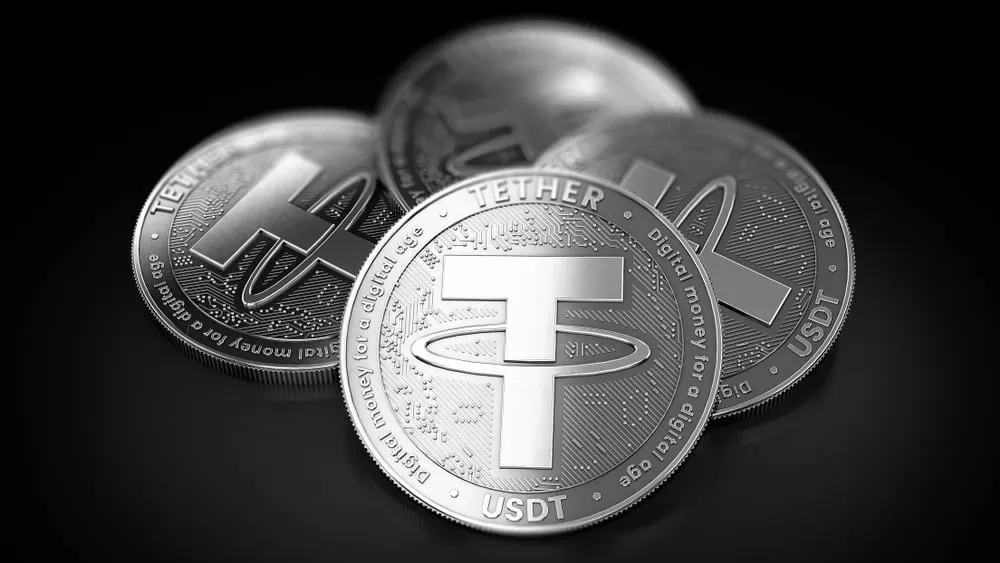
Background
Tether has selected Ethereum Layer 2 protocol Arbitrum to serve as the backbone for its new cross-chain initiative, Legacy Mesh. The infrastructure will enable seamless USDT transfers across multiple blockchains without relying on wrapped tokens or bridges.
Key Points
Arbitrum will act as a “hub chain”, linking USDT deployments on Ethereum, Tron, Ton, Ink, and Berachain to a unified USDT0 network.
USDT0, launched in January, is pegged 1:1 with USDT and uses LayerZero’s OFT standard, similar to PayPal’s PYUSD.
Tether has been expanding interoperability, integrating Bitcoin’s Lightning Network in January to enhance cross-chain capabilities.
- The move comes as Tether reports record profits, exceeding $13 billion in Q4, alongside increased exposure to U.S. Treasuries.
Key Takeaway
Tether’s adoption of Arbitrum for its cross-chain infrastructure strengthens USDT’s interoperability while reinforcing its position as the dominant stablecoin in the market.
Russian Bitcoin Exchange Founder to Be Released in U.S.-Russia Prisoner Swap

Background
The U.S. will release Alexander Vinnik, the Russian founder of BTC-e, as part of a prisoner swap after Moscow freed American Marc Fogel. Vinnik had been serving time for money laundering through his crypto exchange, which was shut down by the FBI in 2017.
Key Points
Vinnik pleaded guilty last year to conspiracy to commit money laundering.
BTC-e, active from 2011 to 2017, processed around $9 billion in Bitcoin transactions, allegedly facilitating illicit activity.
The exchange allowed criminals to trade Bitcoin anonymously, making it a major target for U.S. authorities.
Vinnik was linked to Alexey Bilyuchenko, who was charged in 2023 for his role in the infamous Mt. Gox hack.
- Marc Fogel, a 63-year-old American, was released by Russia after serving time for drug smuggling.
Key Takeaway
The U.S. and Russia’s latest prisoner swap sees a convicted crypto criminal traded for an American detainee, raising questions about the geopolitical value of cybercrime-related prisoners.
Fed Chair Jerome Powell Vows No U.S. CBDC Under His Leadership
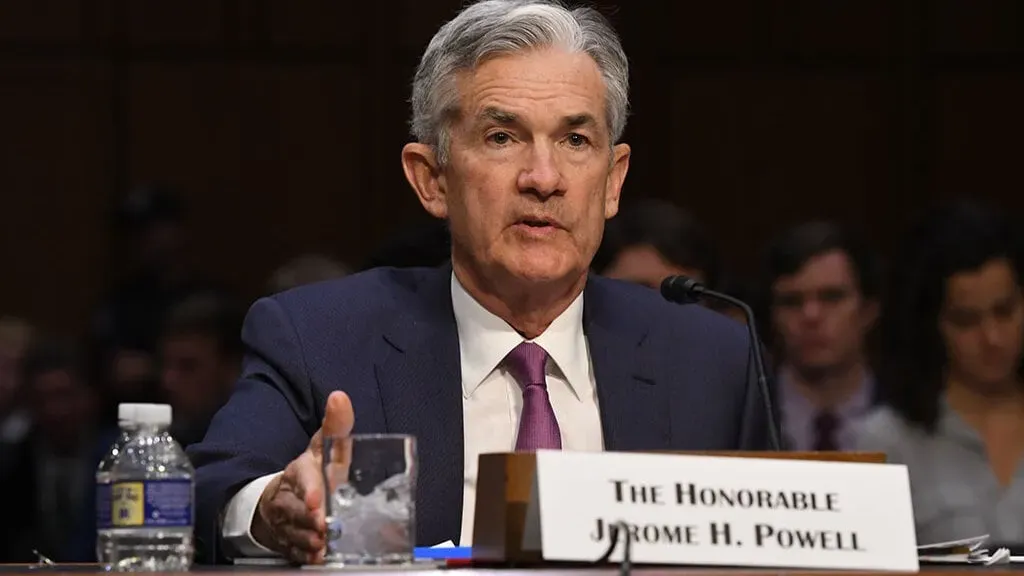
Background
Federal Reserve Chair Jerome Powell confirmed during a Senate Banking Committee hearing that the U.S. will not issue a central bank digital currency (CBDC) while he is in charge. His statement contrasts previous Fed discussions about a potential digital dollar.
Key Points
Powell’s one-word confirmation came in response to Senator Bernie Moreno’s question about banning a U.S. CBDC during his tenure.
Critics argue CBDCs could threaten financial privacy, with concerns that government-issued digital currencies could be used for surveillance.
Republican lawmakers, including Donald Trump, oppose CBDCs, with Trump previously pledging to halt any development of a digital dollar.
- While the U.S. rejects a CBDC, countries like China, Russia, Turkey, and Japan have moved forward with digital currency experiments.
Key Takeaway
Powell’s firm stance against a U.S. CBDC signals a policy shift away from digital fiat currency adoption, aligning with broader political opposition and contrasting with global trends in state-backed digital currencies.
Uniswap Launches Ethereum L2 Unichain, Promising the ‘Fastest Chain in the Industry’
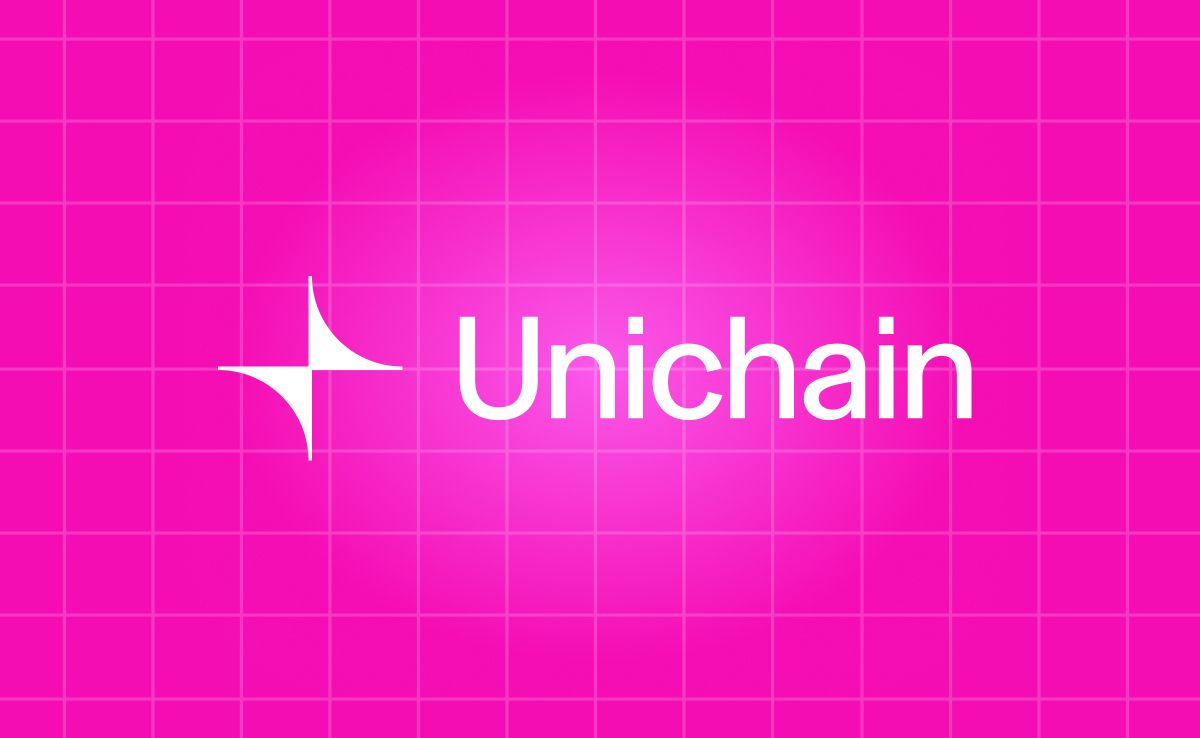
Background
Uniswap has unveiled Unichain, a new Layer-2 blockchain, designed to enhance transaction speed and lower costs for its decentralized exchange (DEX) users. The network has already processed over 88 million test transactions and aims to improve the overall efficiency of DeFi applications.
Key Points
Unichain is optimized for speed and cost-efficiency, offering one-second block times and 95% lower gas fees than Ethereum.
Uniswap’s goal is to make DeFi faster, cheaper, and more decentralized, with Unichain being permissionless from day one, according to CEO Hayden Adams.
The L2 network addresses Ethereum’s congestion and high gas fees, which have long been pain points for traders and developers.
- Some concerns remain about Layer 2 networks potentially diverting value away from Ethereum, raising questions about their long-term impact on the ecosystem.
Key Takeaway
With Unichain, Uniswap aims to redefine DeFi efficiency, but its success could further shift activity away from Ethereum’s main chain, reshaping the broader blockchain landscape.
TON Integrates with LayerZero to Expand USDT Interoperability
Background
The Open Network (TON) has integrated with LayerZero, a major interoperability protocol, to enhance cross-chain capabilities and strengthen its connection to Tether’s USDT ecosystem. This move aims to make TON a key player in bridging assets across multiple blockchains.
Key Points
TON’s integration with LayerZero connects it to over 100 chains, including Ethereum, Tron, and Solana.
Users can now bridge USDT and other tokens from Ethereum, Tron, and other networks directly to TON using Stargate, a LayerZero-based cross-chain bridge.
The integration brings major DeFi applications like Stargate and Ethena to TON, marking a significant milestone for its interoperability.
- TON has rapidly grown as a USDT hub, surpassing $1.4 billion in circulating USDT supply, making it the fourth-largest network for the stablecoin.
Key Takeaway
TON’s LayerZero integration strengthens its role in the USDT ecosystem, increasing its interoperability and positioning it as a major blockchain for stablecoin transfers.
Binance and SEC Seek Early Resolution in Legal Case
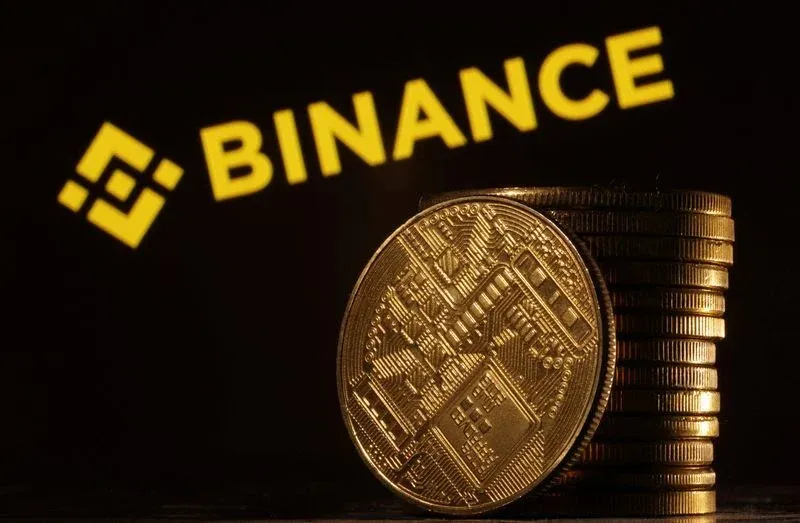
Background
The SEC, Binance, and former CEO Changpeng Zhao (CZ) have jointly filed a motion to pause their legal case for 60 days to explore an early resolution. The move comes amid shifting regulatory dynamics in the U.S., including the formation of a new Crypto Task Force under the SEC’s Acting Chairman Mark T. Uyeda.
Key Points
The SEC sued Binance and CZ in 2023, alleging violations of U.S. securities laws.
The newly formed Crypto Task Force could play a role in facilitating the case's resolution.
Binance remains optimistic, stating that the SEC’s case was “without merit” and expressing eagerness to move forward.
- Regulatory sentiment in the U.S. is shifting, with President Trump’s executive order promoting crypto-friendly policies and former SEC chair Gary Gensler stepping down.
Key Takeaway
The 60-day stay signals a potential settlement between Binance and the SEC, reflecting a broader shift in U.S. crypto regulation towards a more constructive approach.
Berachain Token Drops 60% Amid Insider Selling and High Valuation
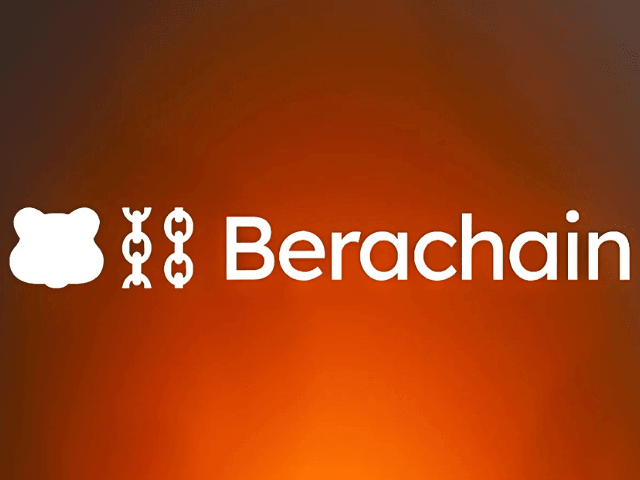
Background
The Berachain (BERA) token has plummeted over 60%, falling from $13 to around $5 since its February 6 launch. The decline follows insider selling and concerns over its high initial valuation, which opened at a $3.2 billion market cap.
Key Points
On-chain records indicate a wallet linked to a Berachain co-founder sold nearly $1 million worth of BERA tokens from the airdrop.
Investors cite Berachain’s high initial valuation as a key factor behind the price drop, echoing past criticisms of overvalued crypto launches.
Arthur Hayes and other investors have raised concerns about the token’s limited upside due to its starting valuation.
- Berachain’s CTO, Itsdevbear, has not responded to concerns over insider sales, adding uncertainty to the situation.
Key Takeaway
Berachain’s rough launch highlights the risks of overvalued token debuts and insider selling, shaking investor confidence despite the project’s initial hype.
OpenSea Denies Airdrop KYC Rumors as Speculation Grows

Background
OpenSea CEO Devin Finzer has denied claims that users would need to complete KYC checks or face regional restrictions to claim a potential airdrop. The rumors stemmed from terms and conditions seen on a test website, which Finzer called “boilerplate language.”
Key Points
Finzer dismissed reports of KYC enforcement, stating the leaked terms were from an internal test site and not official.
Speculation about an OpenSea airdrop has intensified since the company registered OpenSea Foundation in the Cayman Islands and launched "OS2."
Polymarket odds of an airdrop before April jumped from 25% to 45% after Finzer’s clarification.
- OpenSea’s trading volume has significantly declined, falling from a record $2.7 billion in daily volume in 2022 to just $194 million for January 2025.
Key Takeaway
While OpenSea denies airdrop-related KYC rumors, rising speculation and recent company moves suggest that an airdrop announcement may be imminent, potentially aimed at reviving the platform’s dwindling market activity.
Binance Moves $8 Billion Off Its Proof-of-Reserves, Raising Questions

Background
New research suggests that Binance reallocated or removed up to $8 billion from its $14 billion corporate reserves between December 2024 and February 2025. The unexplained movement has raised concerns about the exchange’s financial transparency and reserve management.
Key Points
Binance’s non-customer holdings dropped sharply from its December proof-of-reserves snapshot, including:
Bitcoin: 46,896 BTC → 2,746 BTC
Tether: 2.99B USDT → 275.7M USDT
BNB: 5.84M BNB → 4.86M BNB
Ethereum: 216,312 ETH → 174 ETH
Solana: 442,234 SOL → 4,179 SOL
The total decline amounts to over $8 billion, bringing Binance’s corporate assets to near two-year lows.
The reasons for the movement remain unclear, with speculation ranging from regulatory settlements and FTX clawbacks to business expansion or investments.
- Binance has not provided a response, and neither founder CZ nor CEO Richard Teng have commented on the matter.
Key Takeaway
The sudden decline in Binance’s corporate reserves raises questions about its financial transparency, though the exchange still claims to hold 100% of customer assets. Whether this movement is tied to regulatory actions or internal business strategies remains uncertain.
Trump’s Memecoins Plummet, Wiping Out $2 Billion in Value

Background
The value of Donald Trump-themed memecoins, $TRUMP and $MELANIA, has crashed significantly, leading to $2 billion in combined losses for over 810,000 crypto wallets. The decline has fueled speculation about the legitimacy and sustainability of these tokens.
Key Points
$MELANIA has dropped 90% from its all-time high, while $TRUMP has fallen 78%, causing massive losses for holders.
Analysts estimate that losses from $TRUMP alone account for $2 billion, highlighting the scale of the downturn.
Despite the branding, Trump has not personally invested in these tokens, with reports suggesting any involvement may be promotional rather than financial.
- The crash raises concerns about memecoin volatility and the risks of politically affiliated crypto projects.
Key Takeaway
The steep decline in Trump-themed memecoins has wiped out billions in value, underscoring the speculative nature of politically linked cryptocurrencies and the risks for retail investors.
Kraken Lists 'JAILSTOOL' Memecoin Promoted by Barstool’s Dave Portnoy

Background
Kraken has listed $JAILSTOOL, a memecoin embraced by Barstool Sports founder Dave Portnoy, after the token soared to a peak market cap of over $250 million. Originally skeptical of memecoins, Portnoy has now fully embraced the token, even launching themed merchandise.
Key Points
$JAILSTOOL peaked at $267 million in market cap before retreating to around $150 million.
Portnoy’s wallet holds approximately $4.5 million worth of $JAILSTOOL, suggesting personal investment.
Kraken’s listing boosts legitimacy, further fueling speculation around the token’s growth.
- Portnoy has a history of high-risk trading, previously stating, “In crypto, you can pump and dump all day long.”
Key Takeaway
Kraken’s listing of $JAILSTOOL solidifies its rise as a viral memecoin, with Portnoy’s influence playing a key role in its adoption—though its long-term viability remains uncertain.